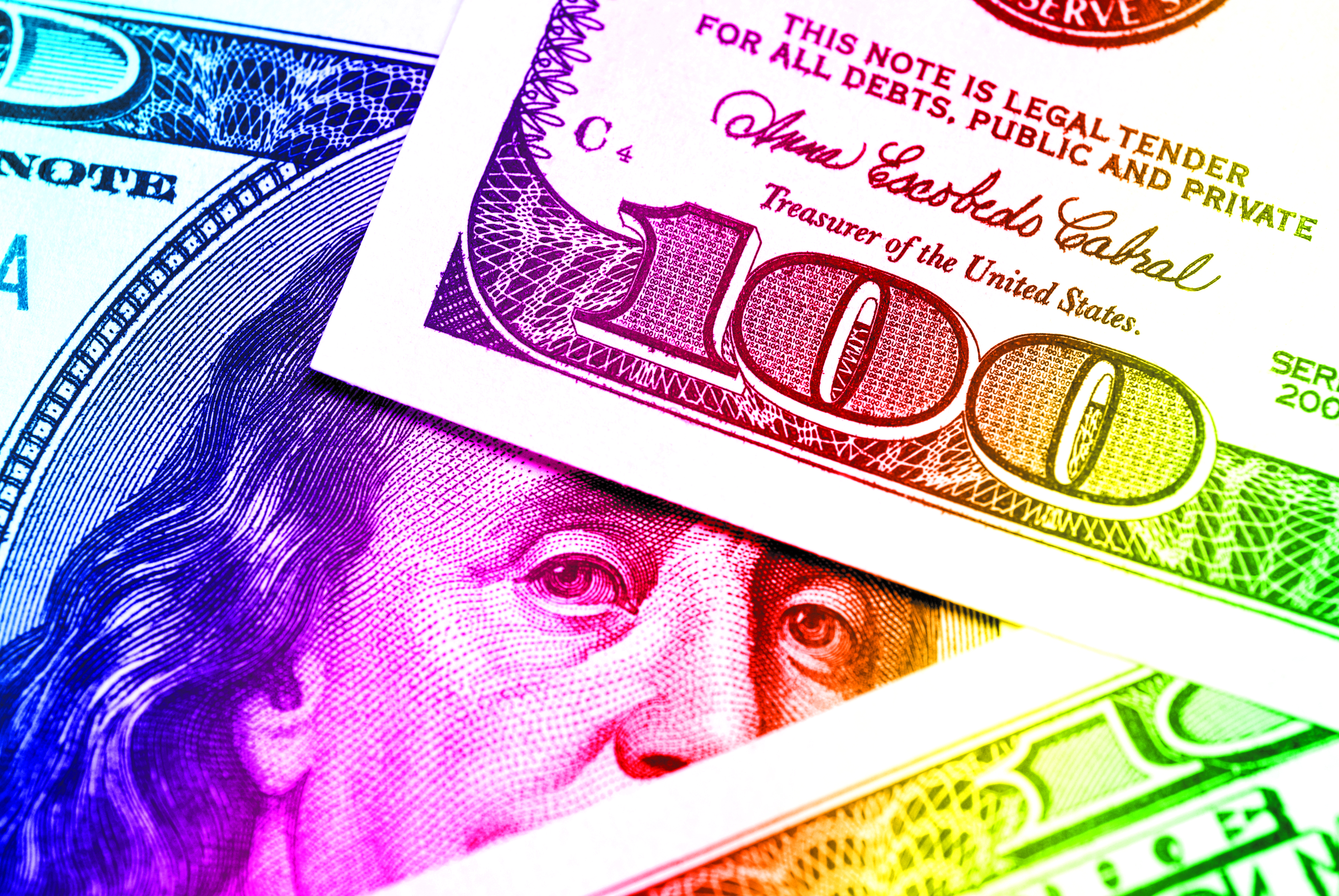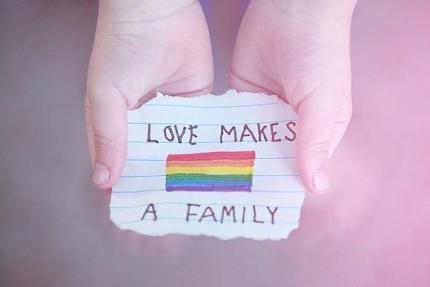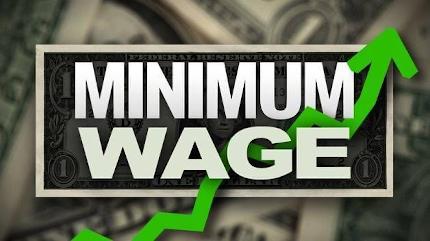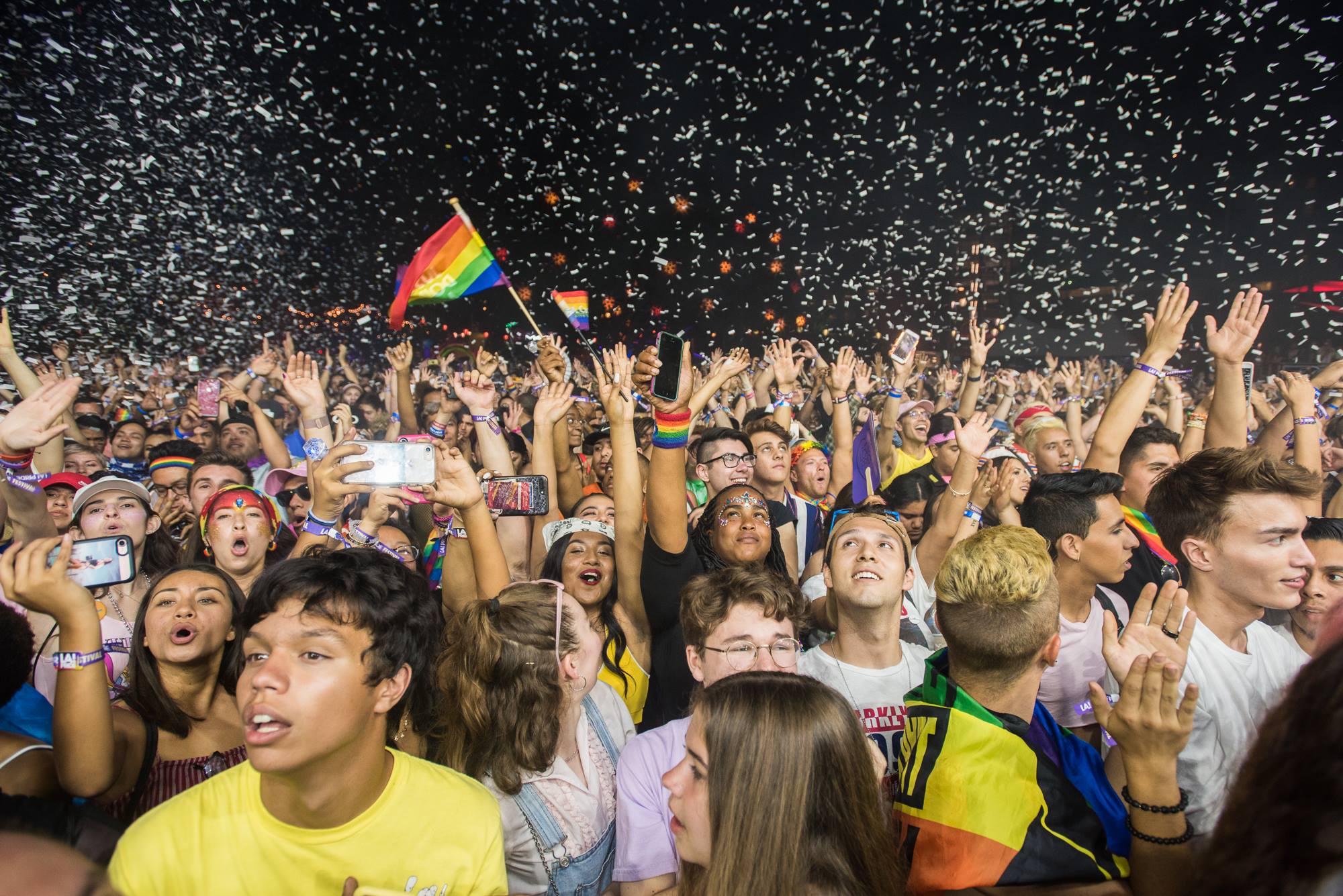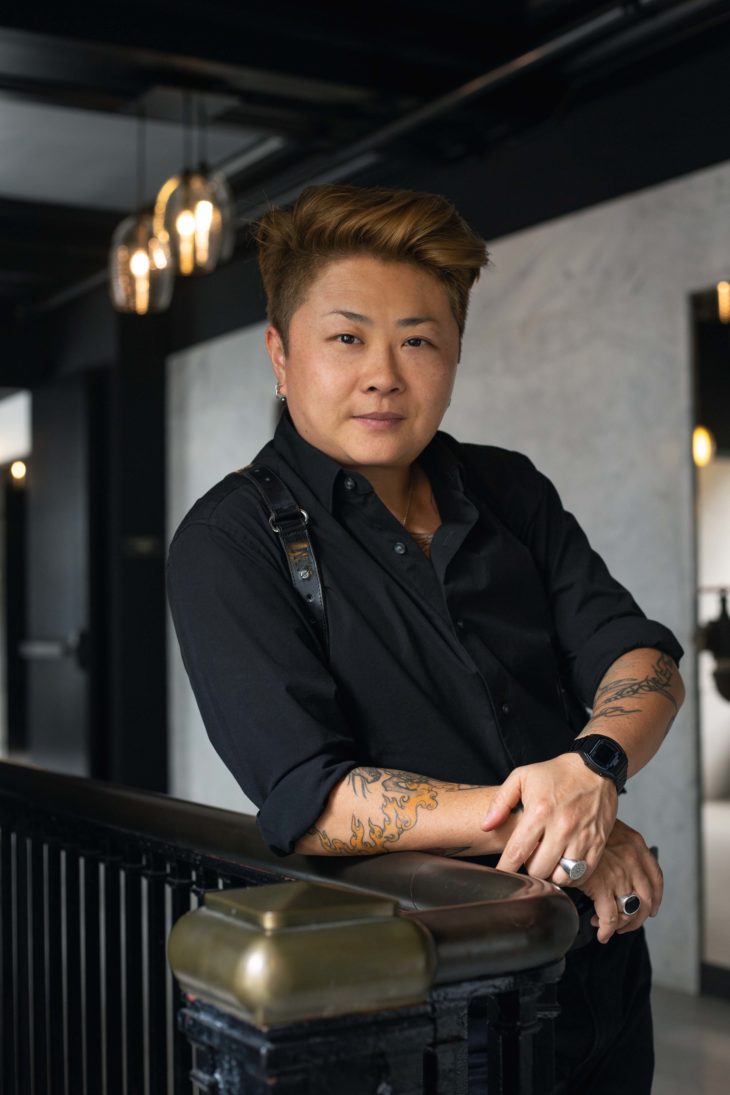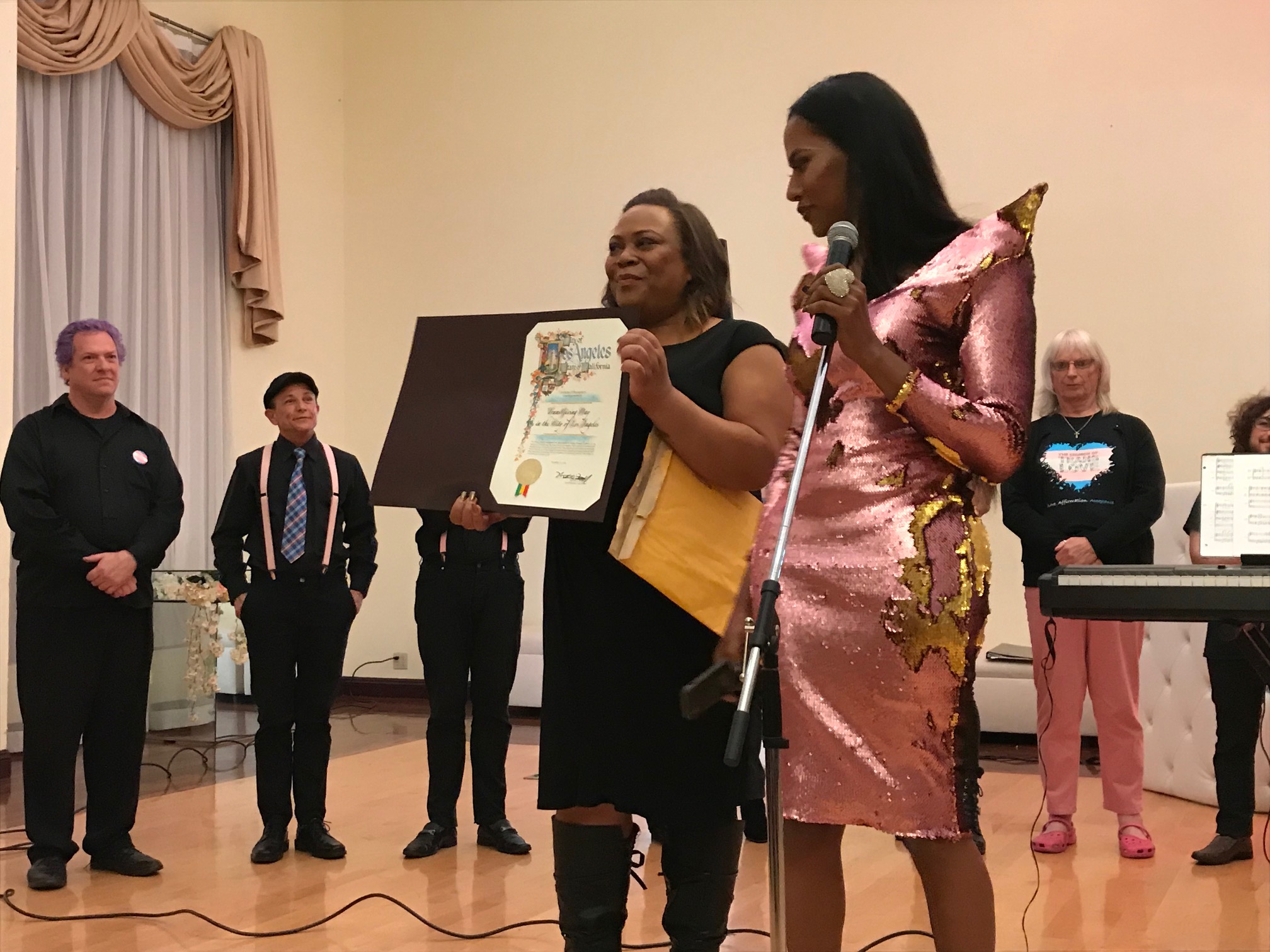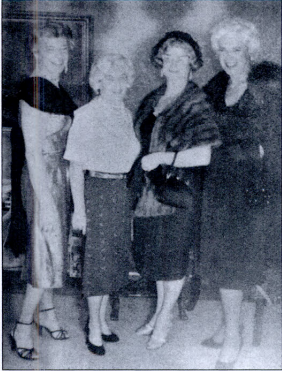As of today, the LGBTQ+ population accounts for about 4-5 percent of Americans. While that might seems like a tiny minority, it also happens to be powerfully influential when it comes to the kind of money LGBTQ+ Americans spend on average. With corporations from Chase Bank to Kenneth Cole to Amazon.com creating inclusive ad campaigns to court our attentions during Pride, it can feel like corporations are starting to get with the program.
Of course, they might also just be starting to wise up to the fact that LGBTQ+ money accounts for a serious piece of the capitalist pie. When it comes to our spending power, we may have more control over trends than we think.
A recent survey from Experian asked more than 500 LGBTQ+ individuals of all ages questions about their finances. From concerns about savings and investment to issues with overspending, the results the survey brought back show an uncertain trend in cautious, yet very active, LGBTQ+ materialism.
“Everyone knows the stereotype of ‘keeping up with the Joneses,’” L.A.-based financial planner David Rae, whose clients are mostly LGBTQ+, wrote in a Forbes article about the survey. “Well, there are gay Joneses’ too. [For some] having the latest iPhone or iWatch or car or whatever can begin to feel like a necessity.”
But for all the rainbow-colored watch and designer shoe ads out there, there’s also starting to be a growing conversation about queer spending in general. The creators of the new show “Silver Foxes” have stated that the pilot episode will take on issues of LGBTQ+ seniors being forced to live in budget, homophobic senior homes because of a lack of financial stability or caring family members. The podcast “Bad with Money” by the queer writer and filmmaker Gaby Dunn, is now in its third season of grappling with big, hard-to-tackle questions about investing, learning better saving habits, working out online betting tips and figuring out what cryptocurrency actually is.. LGBTQ+ people seem to know that taking spending – and saving – seriously is in their best interests. However, the Experian survey shows a more complicated reality.
“It should come as no surprise that the LGBT community puts more emphasis on discretionary spending versus savings, according to the survey,” says David Rae. Paying credit card debt also ranked higher than saving. This kind of makes sense when you think about many of the stereotypes of the LGBT community and its large spending power. We make discretionary spending a priority.”
Despite results showing that 62 percent of LGBTQ+ individuals have experienced financial hardship because of their identity, when it comes to saving for a rainy day – or a layoff, or a new Trump-era law that would allow businesses to discriminate freely not just against LGBTQ+ customers, but employees as well – the community isn’t putting its best foot forward.
If all this sounds like a “tsk tsk” finger-wagging, it shouldn’t. Though out-LGBTQ+ people are more likely than straight people to face discrimination when it comes to employment, the concept of the “pink dollar” has always been tied to a sense of self-care and wellness for the queer community, a concept the straight community is just starting to catch up with in the Trump era. In the earliest days of industrialization and public bar culture in this country, gay men and lesbians in the workforce went out to drink in order to find each other and foster community, creating special enclaves to support gay-owned businesses. Money was a way to create an untouchable environment, and even when the police began to raid gay and lesbian bars with regularity, patrons always knew that they could come back time and again. So is it any wonder that when it comes to spending versus saving, we want to be like everyone else and give ourselves a little break from the bleakness?
It’s not. However, because being out and queer will always mean something different for us, especially when it comes to a very uncertain political future, it may help us to start thinking of money as a means of safety and protection rather than a way to shield ourselves from the daily blows of a painful news cycle and bleak. political reality. According to the survey, “more than two-fifths (44 percent) of LGBTQ respondents said they struggle to maintain adequate savings vs. 38 percent of the general population,” while “34 percent of said they have bad spending habits that they’d like to improve or change vs. 28 percent of the general population.” On average, LGBTQ+ people save an average of 11 percent of take-home pay to keep in a savings account or to invest.
While it’s never helpful to chide an entire community for its spending habits, in the case of the pink dollar, it might be time for a small shift in perspective. When it comes to our futures, keeping a full investment portfolio and a healthy savings account might just be the thing, in the face of a declining Social Security program, to save us when nothing else will.

